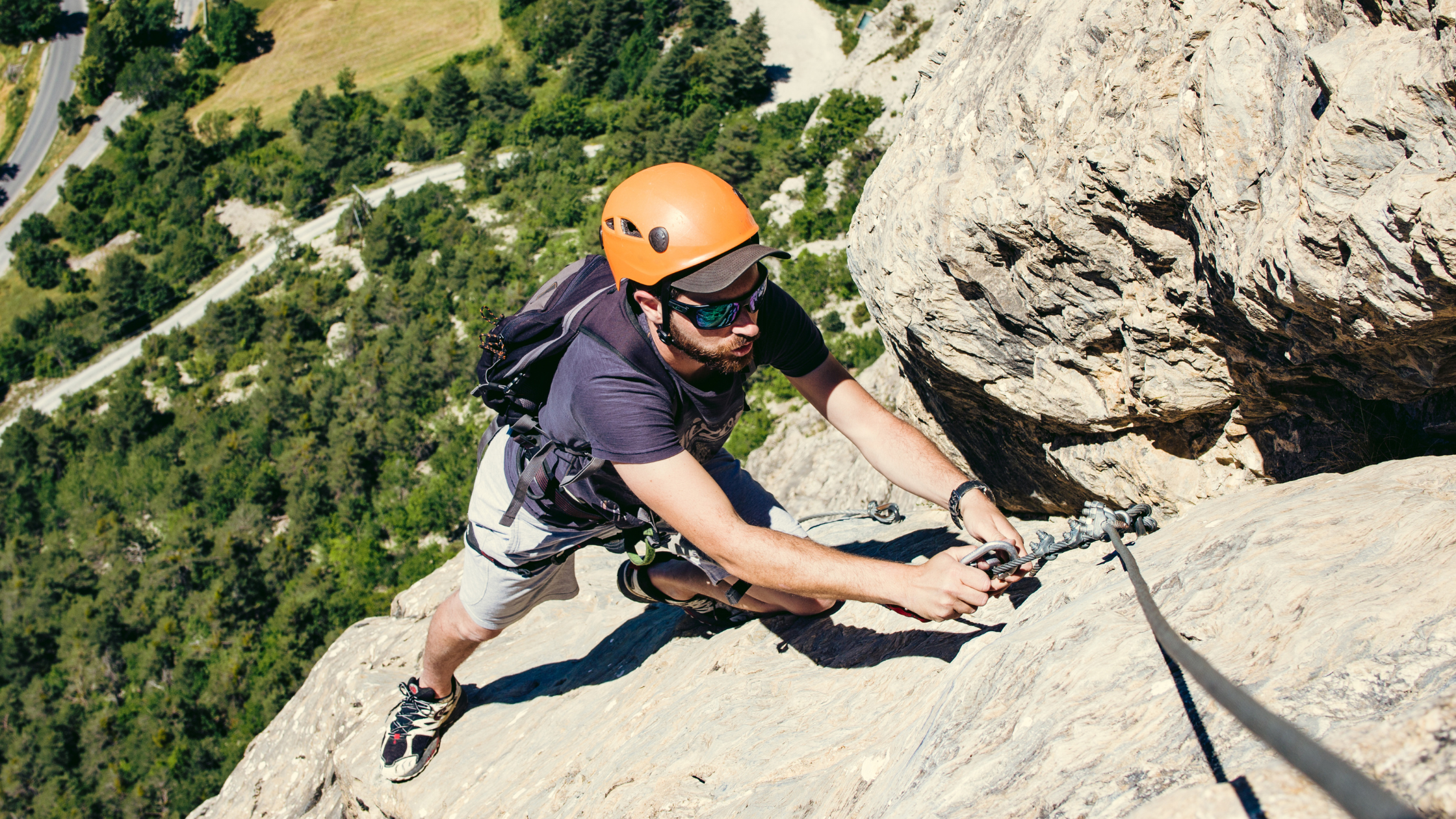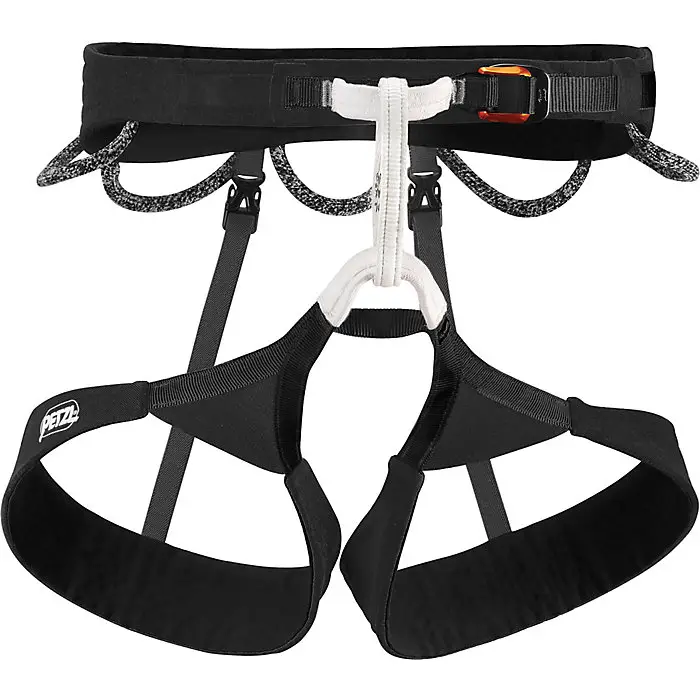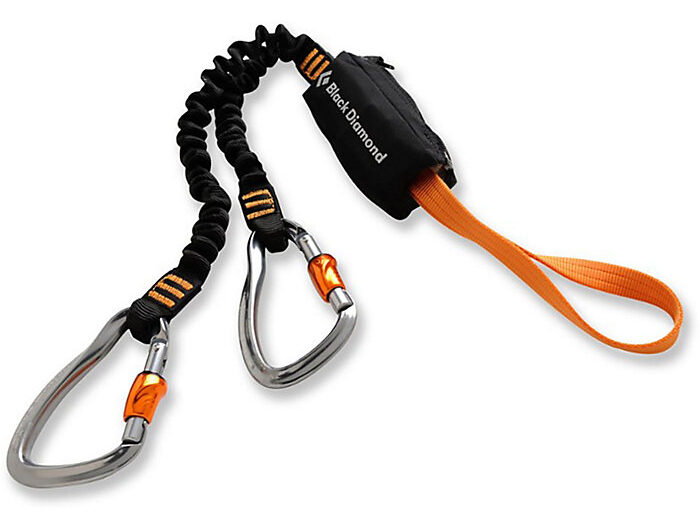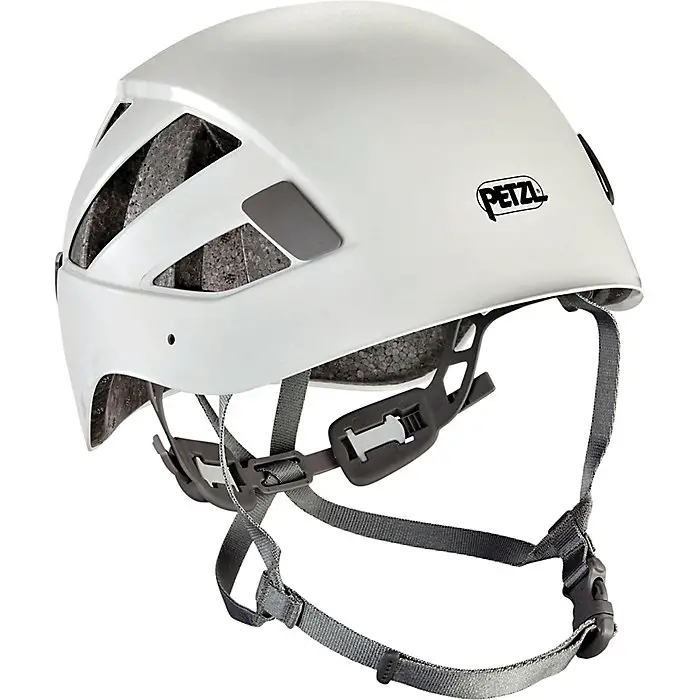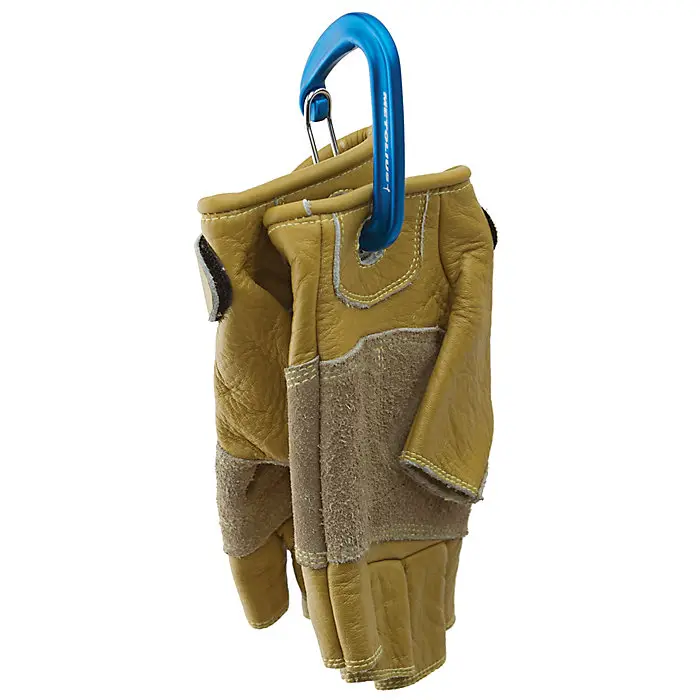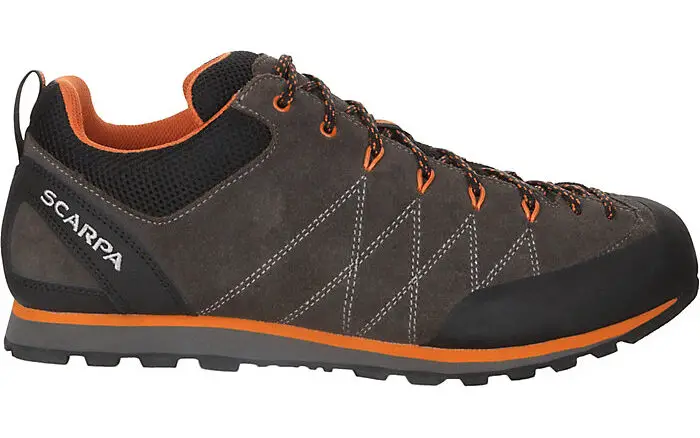Welcome to the world of Via Ferrata, an adventurous outdoor hobby that combines climbing with nature exploration.
In this guide, we’ll introduce you to everything you need to know about Via Ferrata, from tips for beginners to the best destinations and essential gear.
What is Via Ferrata?
Via Ferrata is an adventurous outdoor activity that combines hiking and rock climbing, allowing individuals to explore steep and rugged terrain safely.
Via Ferrata routes are equipped with fixed steel cables, rungs, ladders, and bridges, which climbers can use for support and protection as they navigate the route.
This activity is accessible to various skill levels, offering an exhilarating way to enjoy breathtaking landscapes, improve physical fitness, and experience the thrill of climbing.
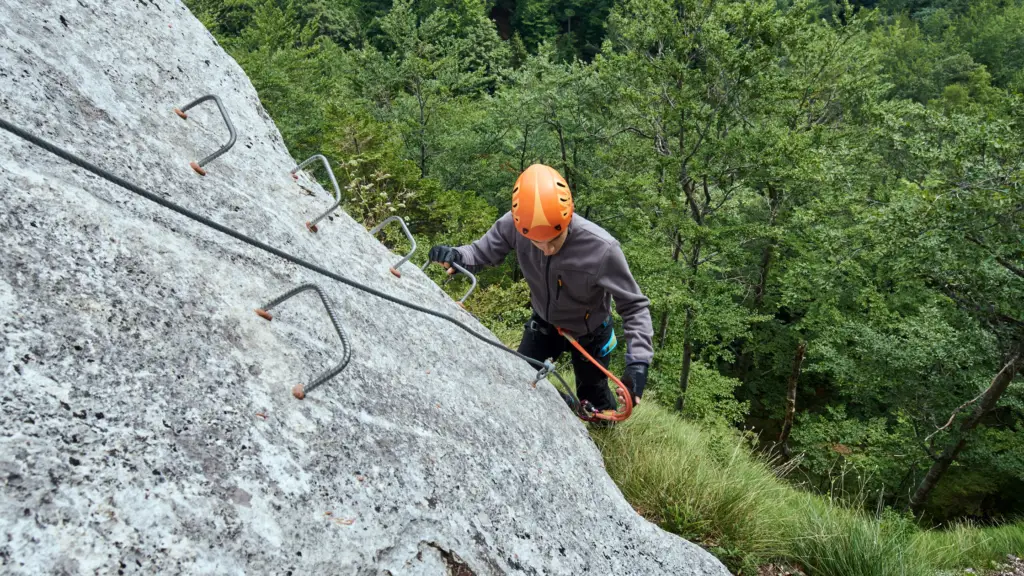
Brief History of Via Ferrata
Via Ferrata, which means “iron path” in Italian, has its origins in the mountainous regions of Italy during World War I.
Soldiers built these protected climbing routes to move troops and supplies efficiently across the rugged terrain.
They installed iron rungs, ladders, and cables to create a more accessible pathway through the steep and rocky landscape.
Over time, these routes were repurposed for recreational use, allowing climbers of various skill levels to experience the thrill and challenge of mountaineering.
Growing Popularity of Via Ferrata as a Hobby
In recent years, Via Ferrata has gained immense popularity as a hobby among outdoor enthusiasts worldwide. Its unique blend of hiking, climbing, and mountaineering offers a sense of adventure that appeals to many.
Additionally, the availability of routes with varying difficulty levels makes it an inclusive activity, suitable for both beginners and experienced climbers.
The growing number of Via Ferrata routes across the globe, coupled with the increasing interest in outdoor activities, has solidified its position as an exciting and engaging pastime.
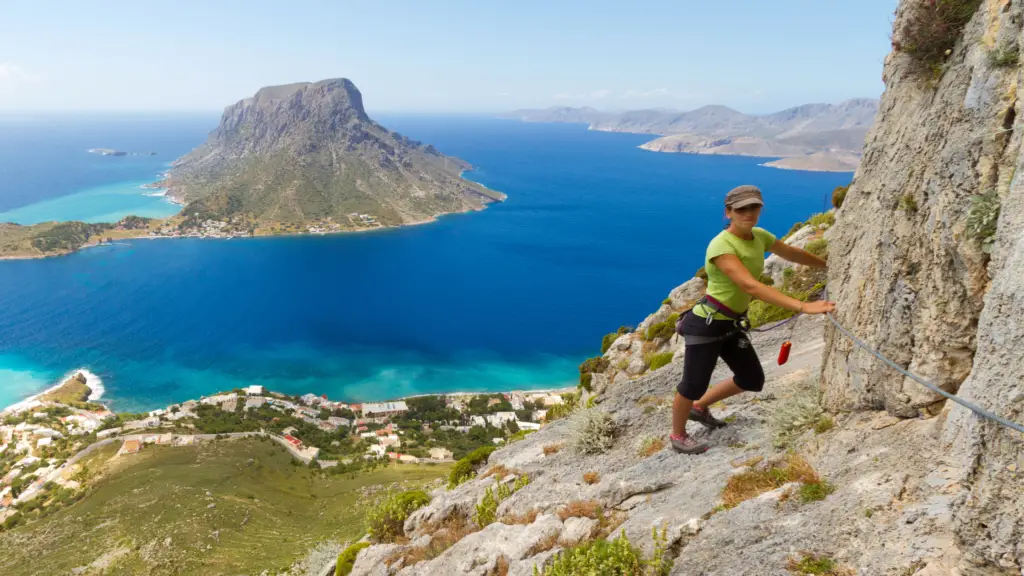
Benefits of Via Ferrata as a Hobby
Physical Fitness
Via Ferrata offers a full-body workout, engaging various muscle groups and improving overall physical fitness. Climbers use their arms, legs, and core to navigate the iron rungs, cables, and ladders, providing an effective strength and endurance training session.
Additionally, the cardiovascular benefits from sustained physical activity help improve heart health and increase stamina.
Mental Well-Being
Participating in Via Ferrata can have a positive impact on mental health. The focused attention required for climbing helps clear the mind and reduce stress, while the sense of accomplishment gained from reaching the summit boosts self-esteem and confidence.
Furthermore, the problem-solving and decision-making aspects of the activity can enhance cognitive abilities and promote mental resilience.
Connection with Nature
Via Ferrata routes often traverse through some of the world’s most stunning landscapes, providing climbers with a unique opportunity to connect with nature.
The breathtaking views and immersive experience of exploring these remote areas can foster a deeper appreciation for the environment and encourage a more sustainable lifestyle.
Socialization
The collaborative nature of Via Ferrata makes it an excellent social activity. Climbers often work together to navigate challenging sections, fostering camaraderie and teamwork.
Additionally, joining local climbing clubs or participating in group excursions can help create lasting friendships and a sense of community among fellow enthusiasts.
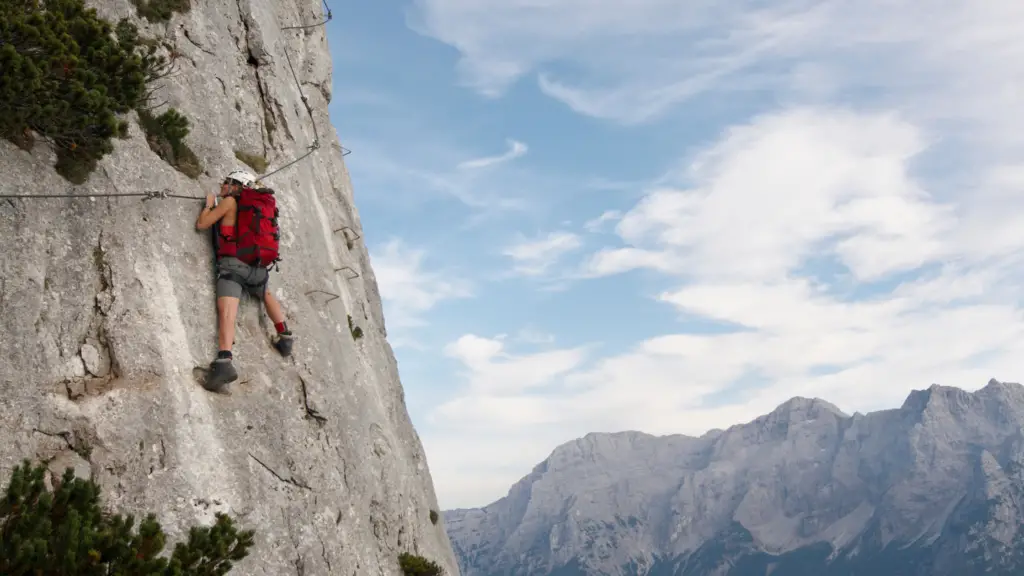
Via Ferrata Tips for Beginners
Choose an Appropriate Route for Your Skill Level
When starting your Via Ferrata journey, it’s essential to select a route that aligns with your fitness and experience level.
Many routes are graded based on difficulty, ranging from easy to extremely challenging.
Beginners should start with less demanding routes to build confidence and familiarity with the equipment and techniques before attempting more difficult climbs.
Learn Basic Climbing Techniques and Safety Measures
Before embarking on your first Via Ferrata adventure, familiarize yourself with the essential climbing techniques and safety procedures.
This may include learning how to properly clip and unclip your lanyard, understanding the proper use of footholds and handholds, and recognizing the importance of maintaining three points of contact.
Taking a beginner’s course or consulting with experienced climbers can help you develop these skills and ensure a safe climbing experience.
Practice Communication with your Climbing Partners
Effective communication is crucial when climbing Via Ferrata, as it helps ensure the safety and enjoyment of all participants.
Develop clear hand signals and verbal cues to share information about upcoming obstacles, hazards, or rest points.
This will enable you and your climbing partners to work together more efficiently and make informed decisions throughout the climb.
Pay Attention to Weather Conditions
Weather can significantly impact the safety and enjoyment of a Via Ferrata climb. Before heading out, check the weather forecast and be prepared for any potential changes in conditions.
Keep in mind that some routes may be more challenging or dangerous in wet, icy, or windy conditions, so it’s essential to exercise caution and be willing to turn back if necessary.
Take a Guided Tour for your First Experience
For those new to Via Ferrata, joining a guided tour can be an excellent introduction to the activity.
Professional guides can provide valuable insights into the equipment, techniques, and safety measures required for a successful climb.
Additionally, they can help you navigate the route, offer personalized instruction, and share interesting facts about the local environment and history.
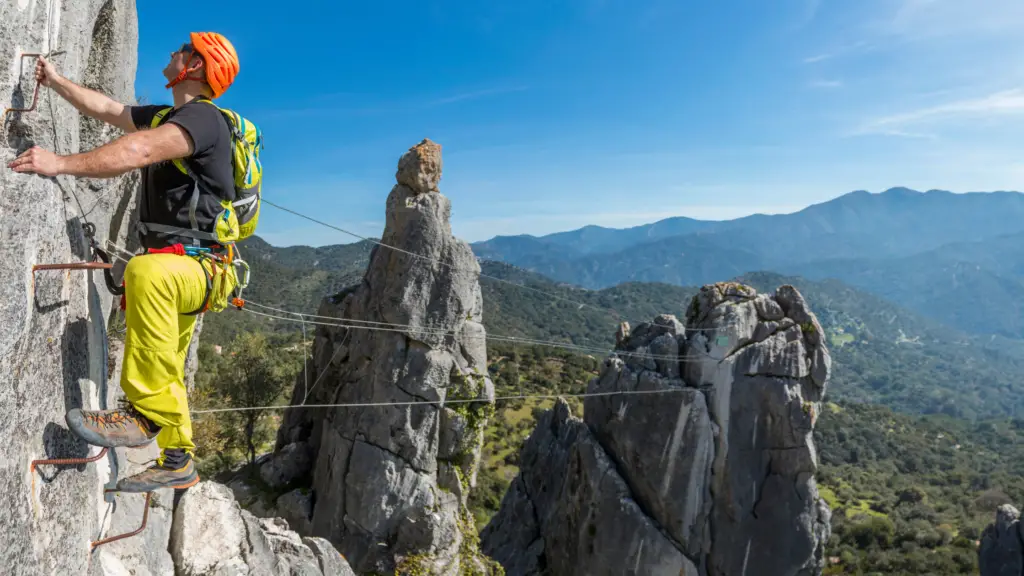
Best Places to Climb Via Ferrata
Via Ferrata is a worldwide hobby and a great way to explore mountainous destinations around the globe.
Check out a few of the most popular via ferrata climbing destinations below:
Dolomites, Italy
The Dolomites are home to some of the world’s most iconic and historic Via Ferrata routes.
With a vast array of options, ranging from beginner-friendly to expert-level, this region offers a diverse selection of climbs and breathtaking panoramas.
Popular routes include the Sentiero delle Bocchette, Via Ferrata Brigata Tridentina, and Via Ferrata Ivano Dibona.
Swiss Alps, Switzerland
The Swiss Alps boast a wide variety of Via Ferrata routes, combining the thrill of climbing with the region’s stunning beauty.
Routes such as the Mürren Via Ferrata and the Via Ferrata Diavalo offer spectacular views of the surrounding mountain peaks and valleys, while the challenging Klettersteig Eggishorn provides a unique experience on a glacier.
Montserrat, Spain
Montserrat is a popular Via Ferrata destination in Spain, known for its unique rock formations and stunning vistas.
The Via Ferrata Teresina and Via Ferrata Centelles are among the most famous routes in the area, offering climbers a chance to explore the region’s rich cultural and natural heritage.
Telluride, Colorado, USA
Telluride, located in the San Juan Mountains of Colorado, is home to the impressive Via Ferrata Krogerata.
This exciting route traverses the steep cliffs above the town, providing climbers with thrilling exposure and unmatched views of the surrounding landscape.
The route is suitable for intermediate and advanced climbers, who can expect to navigate narrow ledges and traverse airy bridges.
Nelson Rocks, West Virginia, USA
Nelson Rocks in West Virginia offers the popular NROCKS Via Ferrata, an exciting route that takes climbers through the picturesque Appalachian Mountains.
This 3.5-hour adventure is suitable for beginners and experienced climbers alike, featuring a mix of iron rungs, ladders, and a suspension bridge that spans a 200-foot gap between two rock fins.
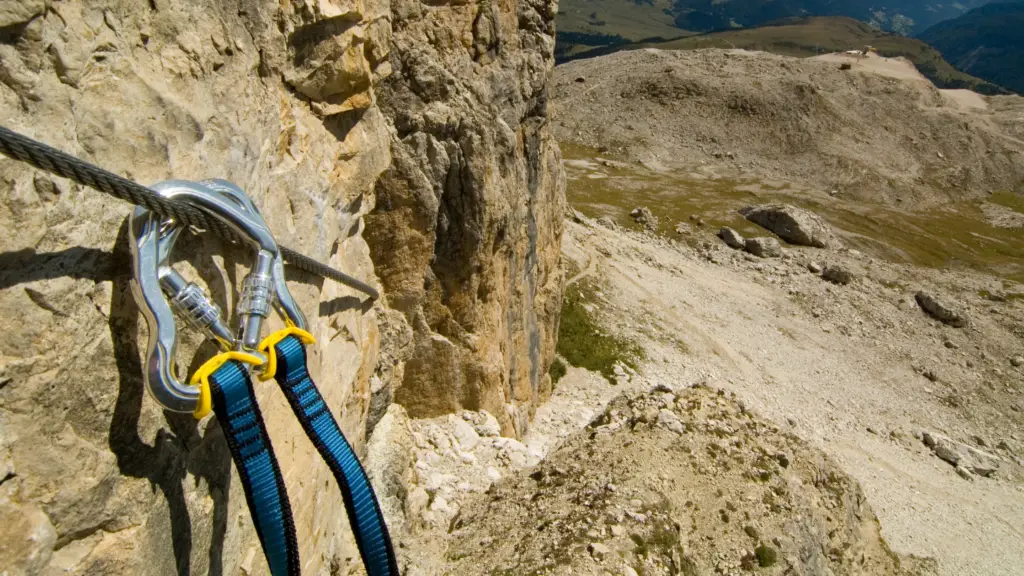
Each of these top Via Ferrata destinations boasts unique aspects and challenges, catering to climbers of various skill levels and interests.
From the historic routes in the Dolomites to the awe-inspiring landscapes of the Swiss Alps and the adrenaline-pumping exposure in Telluride, there is a Via Ferrata adventure waiting for everyone.
Consider your personal preferences and abilities when choosing your next destination, and remember that each location offers a distinct and memorable experience.
Popular Via Ferrata Climbing Gear Brands
Some popular brands offering quality Via Ferrata equipment include Petzl, Black Diamond, Salewa, and Mammut.
Each brand offers different features and technologies, so research and compare products to find the gear that best suits your needs and preferences.
Tips for Selecting the Right Gear
When selecting gear for Via Ferrata, prioritize safety, comfort, and durability.
Look for equipment that meets industry standards and has positive reviews from experienced climbers.
Consult with knowledgeable staff at a local outdoor retailer or seek advice from fellow climbers to ensure you make an informed decision.
Importance of Proper Gear Maintenance
Maintaining your Via Ferrata gear is crucial for both safety and longevity. Regularly inspect your equipment for signs of wear or damage, and replace any items that show signs of weakness or compromise.
Clean and store your gear according to the manufacturer’s instructions to ensure optimal performance and extend its lifespan.
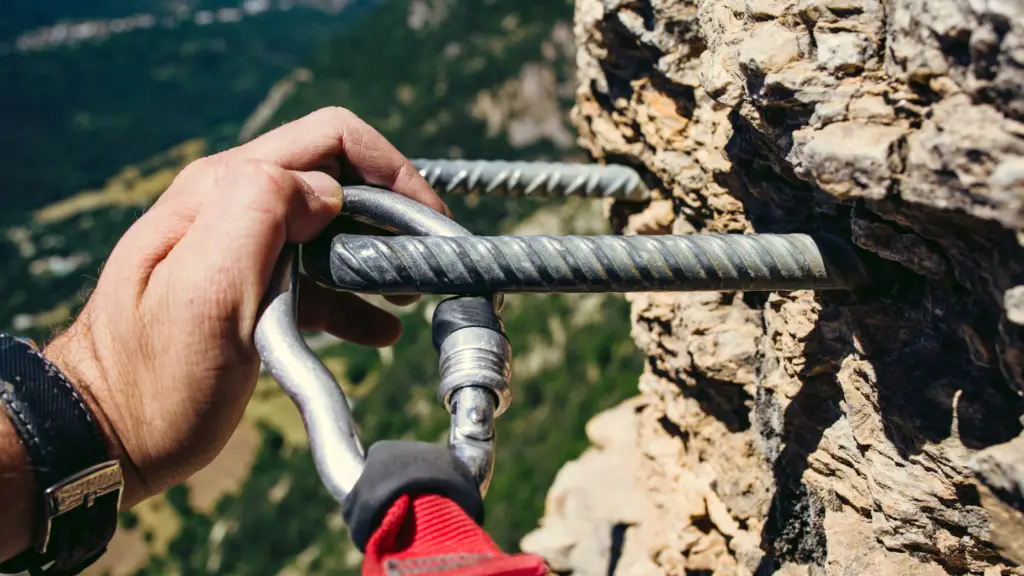
Essential Via Ferrata Gear Recommendations
While many via ferrata destinations will offer a guided experience with rentable equipment, it doesn’t hurt to know a bit about what type of gear you may need or come across before climbing.
Some popular and necessary Via Ferrata climbing gear includes:
Climbing Harness
A comfortable and well-fitting climbing harness is crucial for a safe and enjoyable Via Ferrata experience.
Ensure that the harness is specifically designed for climbing and meets the necessary safety standards.
Look for adjustable leg loops and waist belts to accommodate different clothing layers and provide a secure fit.
Via Ferrata Lanyard
A Via Ferrata lanyard, also known as a Klettersteigset or Y-lanyard, is a specialized piece of equipment that attaches your harness to the steel cables along the route.
It features two carabiners for easy clipping and unclipping, as well as an energy-absorbing system to reduce the impact of a fall.
Choose a lanyard that is certified for Via Ferrata use and has easy-to-handle carabiners.
Climbing Helmet
A climbing helmet is essential for protecting your head from falling rocks and potential impacts during a climb.
Ensure that the helmet is specifically designed for climbing, fits comfortably, and offers proper ventilation.
Look for adjustable straps and padding to ensure a snug and secure fit.
Gloves
Gloves provide protection for your hands from the rough and sometimes sharp surfaces of the iron rungs, cables, and rocks.
Choose durable climbing gloves with a good grip and reinforced palms to withstand the demands of Via Ferrata climbing.
Sturdy Footwear
Proper footwear is essential for maintaining traction and stability during a climb.
Choose shoes with good grip, ankle support, and a stiff sole, such as approach shoes or lightweight hiking boots.
Ensure they fit comfortably and provide adequate protection for your feet.
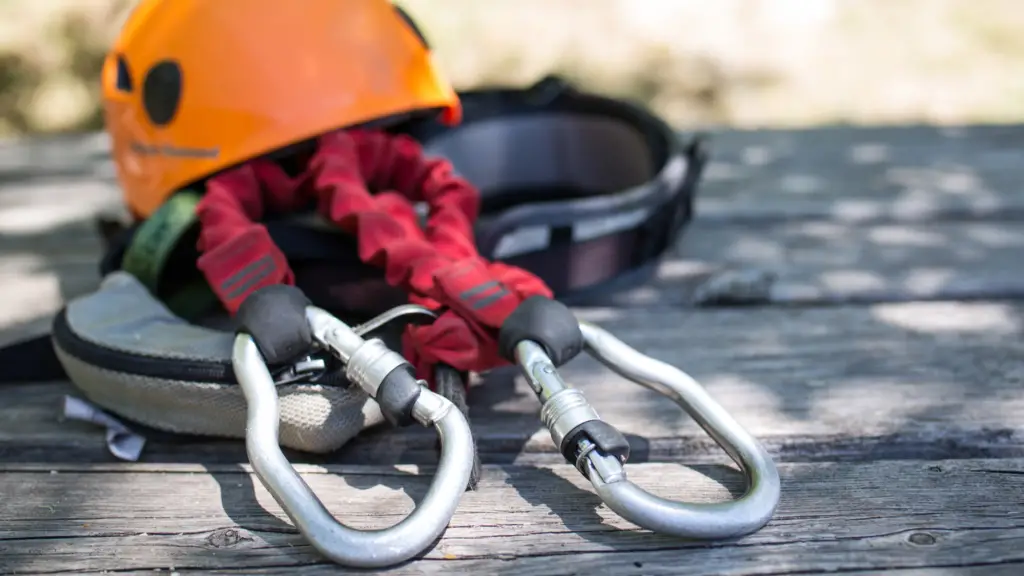
Climbing Etiquette and Environmental Considerations
Practicing Leave No Trace Principles
Adhere to Leave No Trace Principles to minimize your impact on the environment, ensuring the preservation of these natural areas for future generations.
Key principles include planning ahead, staying on designated trails, disposing of waste properly, respecting wildlife, and being considerate of other visitors.
Respect Fellow Climbers
Be courteous to other climbers by allowing faster groups to pass, maintaining a safe distance, offering assistance when needed, and communicating effectively.
Cooperation and respect create a positive atmosphere for everyone on the route.
Preserving the Natural Environment
Protect the environment by avoiding damage to rock faces, plants, and other natural features.
Follow local guidelines and closures to help conserve delicate ecosystems. By doing your part, you contribute to the conservation and sustainability of these remarkable landscapes.
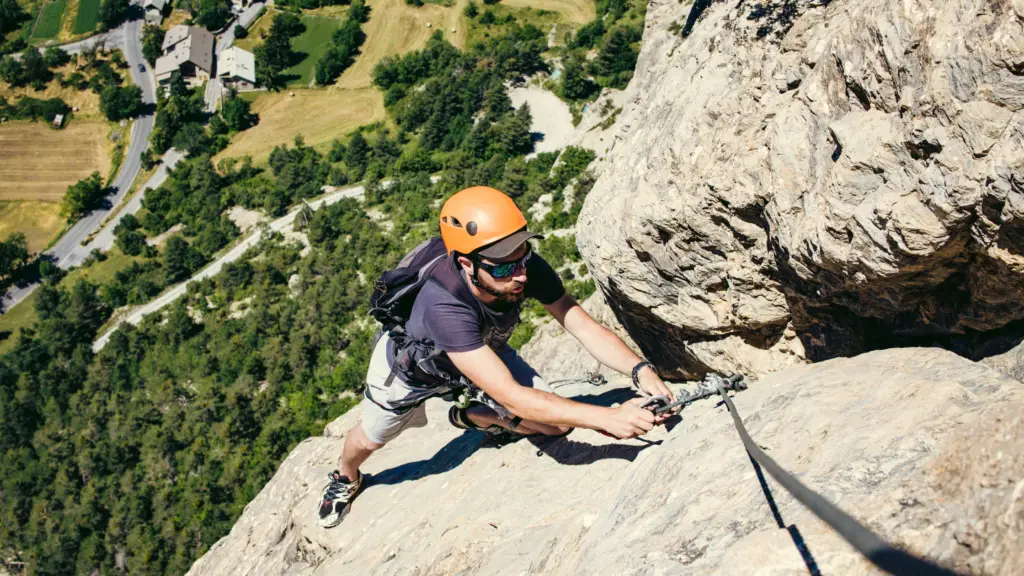
Expanding your Via Ferrata Hobby Journey
Joining local climbing clubs and online communities
To further enhance your Via Ferrata experience and connect with like-minded enthusiasts, consider joining local climbing clubs or online communities like r/viaferrata or r/climbing on reddit.
These groups offer opportunities to share knowledge, participate in group outings, and learn about new routes and destinations.
They also provide a supportive network of fellow climbers who can help you improve your skills and grow your passion for the sport.
Participating in Via Ferrata events and competitions
As you gain experience and confidence, you may wish to challenge yourself by participating in Via Ferrata events and competitions.
These gatherings offer a chance to test your abilities, learn from other climbers, and celebrate the sport’s camaraderie.
Some events focus on skill-building or route exploration, while others feature races or time trials, providing a range of experiences to suit your interests and goals.
Combining Via Ferrata with other outdoor activities
To make the most of your time in nature, consider combining Via Ferrata with other outdoor activities such as hiking, camping, or even photography.
These complementary pursuits can enhance your overall experience, allowing you to explore the surrounding landscape more fully and immerse yourself in the adventure.
By incorporating a variety of activities into your outings, you can create unique and memorable experiences that enrich your connection to the great outdoors.
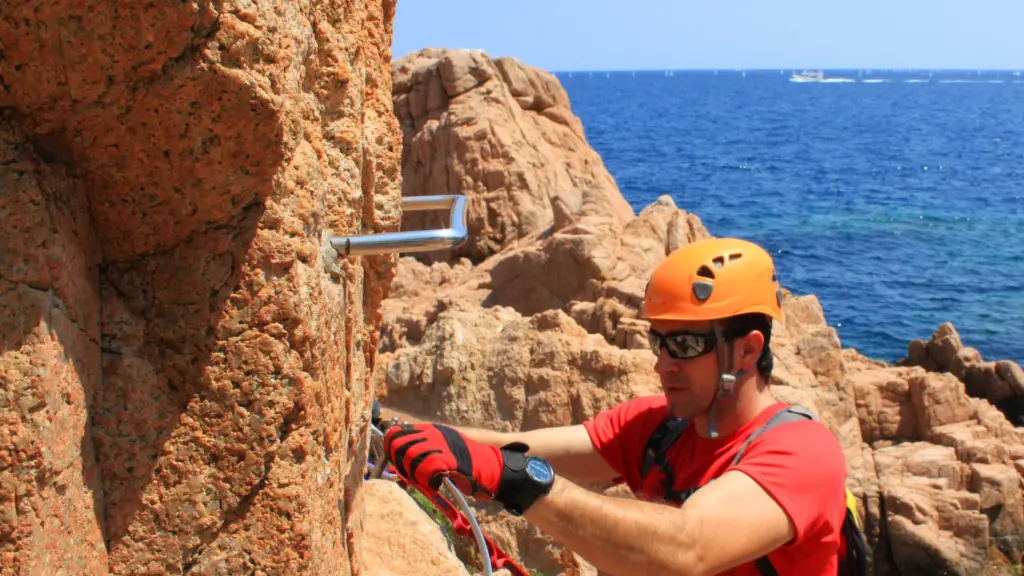
Conclusion
Via Ferrata offers a thrilling and accessible way to explore the world’s most stunning landscapes, while also providing physical and mental health benefits.
With a range of routes, destinations, and experiences available, there’s a Via Ferrata adventure for everyone to enjoy.
Whether you’re a beginner looking for a new outdoor hobby or an experienced climber seeking new challenges, Via Ferrata offers a unique and exhilarating experience.
So gear up, join the growing community of enthusiasts, and embrace the thrill of scaling new heights!

